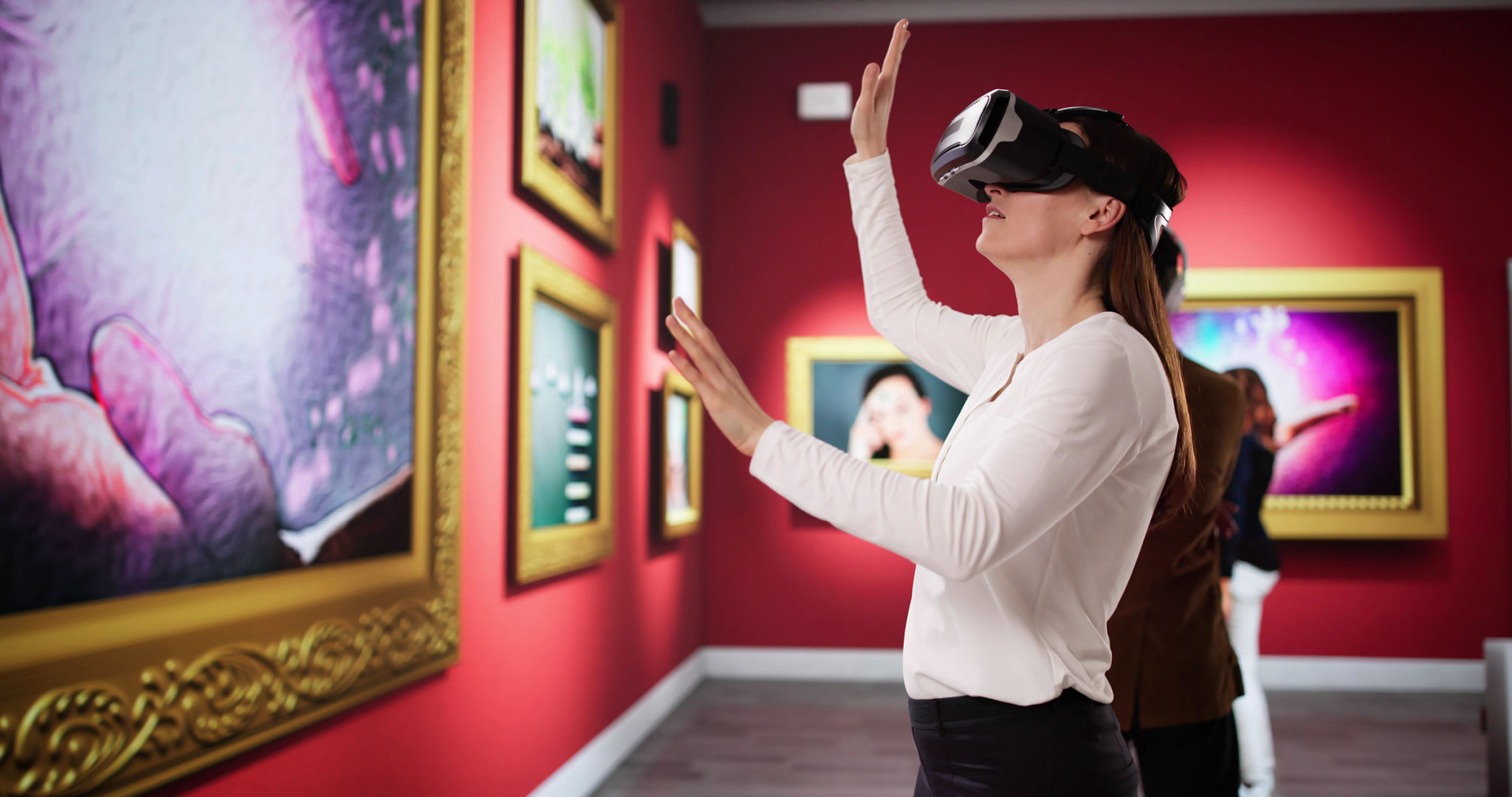The Intersection of Art and Photography: A Guide for Museum Exhibitions
HM
Exploring the Convergence of Art and Photography
Art and photography have long been intertwined, creating a rich tapestry of visual expression. As museums explore this intersection, exhibitions are becoming more dynamic, merging traditional techniques with modern technology. Understanding how these two mediums complement each other can enhance the visitor experience and offer new insights into both fields.
Photography, once considered a mere tool for documentation, has evolved into a powerful art form in its own right. Artists and photographers often draw inspiration from one another, blurring the lines that separate them. This fusion allows for innovative exhibitions that challenge conventional perceptions of both art and photography.

Curating a Dynamic Exhibition
When curating an exhibition at the intersection of art and photography, it's essential to consider how these mediums interact. A well-curated exhibition should highlight the unique qualities of each while emphasizing their complementary nature. Here are a few tips for curators:
- Diversify the Mediums: Incorporate a variety of photographs and artwork, including paintings, sculptures, and digital media, to create a multifaceted experience.
- Consider Thematic Cohesion: Develop a central theme that ties the exhibition together, allowing visitors to explore the connections between art and photography.
- Engage with Technology: Utilize digital platforms to enhance the exhibition experience, offering interactive elements such as virtual tours or augmented reality features.
By blending these elements, curators can craft an exhibition that not only showcases the beauty of each medium but also fosters a deeper appreciation for their intersection.
The Role of Technology in Modern Exhibitions
Technology plays an increasingly vital role in modern museum exhibitions. With advancements in digital imaging and interactive displays, museums can create immersive environments that captivate audiences. For exhibitions at the intersection of art and photography, technology can bridge gaps, providing visitors with new ways to engage with the work.

For instance, augmented reality can overlay digital elements onto physical exhibits, offering additional context or artistic interpretations. Virtual reality can transport visitors to distant locations or historical moments, enhancing their understanding of the artwork's origins or influences.
Engaging Audiences Through Interactive Experiences
Interactive experiences are crucial in engaging museum audiences. By allowing visitors to actively participate in exhibitions, museums can create memorable and educational experiences. This is particularly important when showcasing the relationship between art and photography, as it encourages deeper exploration of the pieces on display.
- Interactive Installations: Incorporate touchscreens or motion sensors that allow visitors to manipulate digital images or create their own interpretations of existing artwork.
- Workshops and Seminars: Offer hands-on workshops where visitors can experiment with photographic techniques or artistic methods.
- Guided Tours: Provide guided tours that explore the themes and techniques present in the exhibition, offering expert insights and fostering discussion.

The Future of Art and Photography Exhibitions
The future of art and photography exhibitions lies in continued innovation and collaboration. As technology advances and new artistic movements emerge, museums must adapt to stay relevant. By embracing the intersection of these mediums, institutions can offer unique experiences that resonate with diverse audiences.
Incorporating emerging technologies such as artificial intelligence and machine learning could revolutionize how exhibitions are curated and experienced. These technologies offer opportunities to analyze visitor preferences, tailor experiences to individual interests, and even generate new forms of art through algorithmic processes.
The convergence of art and photography offers endless possibilities for creativity and exploration. By understanding and embracing this intersection, museums can create exhibitions that not only showcase the beauty of each medium but also inspire future generations of artists and photographers.